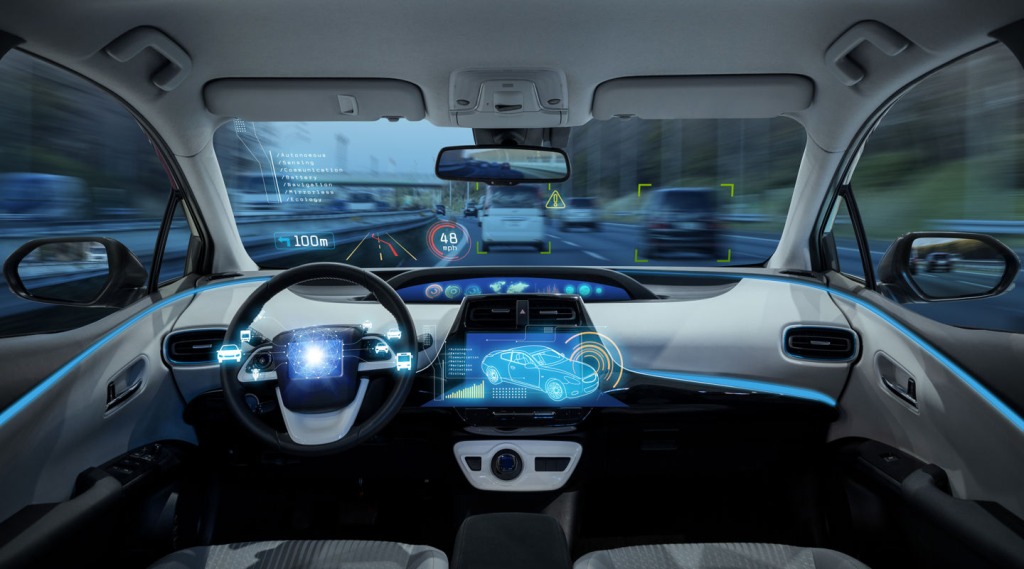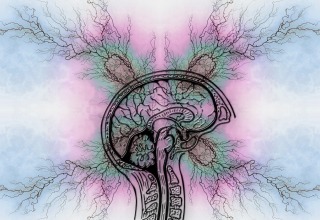
Self-driving cars have become increasingly popular in recent years, with many California residents embracing this innovative technology. However, as the number of self-driving cars on the road increases, so too does the potential for accidents and injuries.
When a self-driving car is involved in a crash, determining liability can be a complex and challenging process. In California, laws and regulations regarding self-driving car crashes are still evolving, adding to the complexity of the situation.
In this blog post, we will examine the issue of self-driving car crash liability in California. We will discuss current laws and regulations surrounding self-driving cars.
Current Laws and Regulations
California has been at the forefront of regulating self-driving cars, with the state enacting laws and regulations to govern their operation. Under California law, self-driving cars are classified by levels of autonomy, ranging from Level 0 (no automation) to Level 5 (full automation), with each level having specific requirements for operation.
Currently, California requires that self-driving cars have a human driver behind the wheel who can take control of the vehicle if necessary. Additionally, self-driving car manufacturers must obtain a permit from the California Department of Motor Vehicles to test their vehicles on public roads.
In the event of a self-driving car crash, liability is determined based on the level of autonomy of the vehicle and the actions of the human driver, if applicable. If the self-driving car was operating in autonomous mode at the time of the crash, the manufacturer or software developer may be liable for any damages. According to AutoAccident.com the most likely reason a self-driving car would cause an accident would be due to a flaw in its software, failed sensors, or infrastructure problems. However, if the human driver was in control of the vehicle at the time of the crash, they may be held responsible.
Implications for Insurance
The emergence of self-driving cars has significant implications for the insurance industry. As liability for accidents involving self-driving cars may be shared between multiple parties, it is important for insurance companies to adapt their policies accordingly.
In California, self-driving car manufacturers are required to carry liability insurance coverage of at least $5 million per incident, according to CT.gov. This coverage can provide some financial protection in the event of a crash, but it may not be sufficient to cover all damages, says NCSL.
As self-driving cars become more common on the roads, insurance companies may need to develop new policies and pricing models to account for the unique risks associated with this technology.
For example, insurance companies may need to consider factors such as the level of autonomy of the vehicle, the safety record of the manufacturer, and the training and experience of the human driver.
In addition, insurance companies may need to consider new types of coverage, such as cybersecurity insurance to protect against the risk of hacking or data breaches or product liability insurance to cover damages caused by faulty software or hardware.
Overall, the emergence of self-driving cars presents both challenges and opportunities for the insurance industry. While the technology may reduce the number of accidents caused by human error, it also introduces new risks and uncertainties that need to be addressed by insurance companies.
Future of Liability for Self-Driving Car Crashes
The emergence of self-driving cars has raised important questions about liability in the event of a crash. As the technology becomes more advanced and widespread, it is likely that the legal framework for determining liability will need to evolve to reflect the unique risks and challenges of self-driving cars.
Currently, liability for accidents involving self-driving cars is generally shared between the vehicle manufacturer, the software provider, and the human driver (if there is one). However, this framework may not be sufficient to address all of the legal and ethical issues that arise from self-driving car accidents.
One potential solution is to shift the focus from individual liability to product liability. This would mean holding the manufacturer and software provider responsible for any defects or malfunctions in the self-driving car that contribute to an accident. This approach would help ensure that self-driving car technology is held to the highest safety standards and would provide greater protection for consumers.
Another possibility is to create a no-fault insurance system for self-driving cars. This would mean that all parties involved in an accident would be compensated regardless of who was at fault. This approach would reduce the burden of proving liability in court and could potentially speed up the claims process. However, it could also increase insurance premiums for consumers and may not fully address the ethical and moral considerations of accidents involving self-driving cars.
The Challenge Remains
The emergence of self-driving cars presents a unique set of challenges for determining liability in the event of a crash. While the current legal framework generally assigns shared liability to the vehicle manufacturer, software provider, and human driver (if there is one), this approach may not be sufficient to address all of the legal and ethical issues that arise from self-driving car accidents.
As such, there are various proposals for new legal frameworks and approaches, such as shifting the focus to product liability or creating a no-fault insurance system. Ultimately, the future of liability for self-driving car crashes will require collaboration between legal experts, policymakers, and technology developers to ensure that safety and ethical considerations are given due attention.
Last Updated: June 21, 2023





















